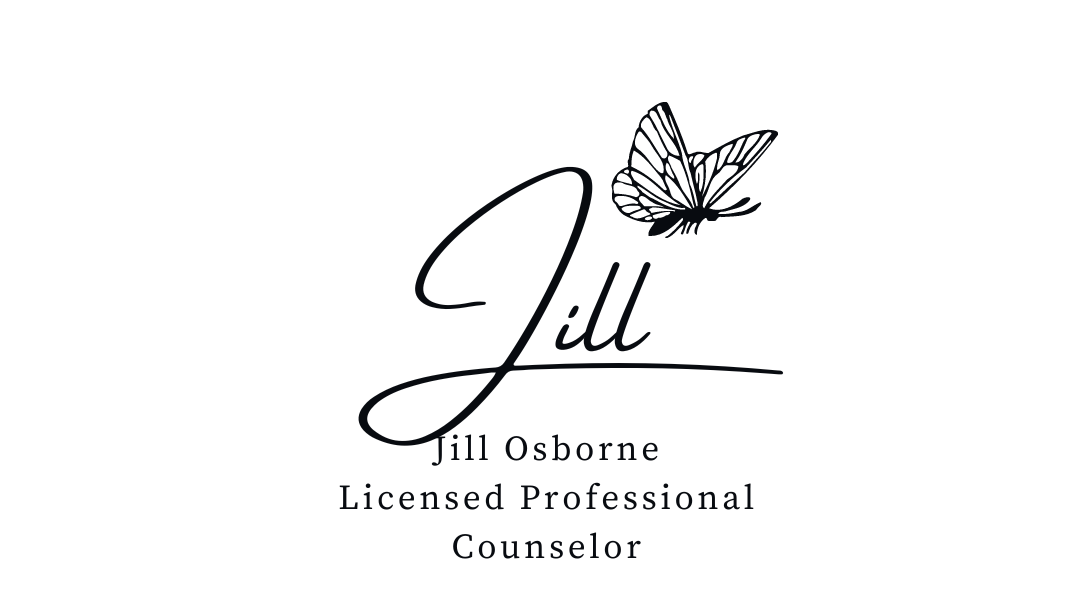Uncertainty and Change; Friend or Foe?

Making a Change:
Since last year I’ve been working on a lot of goals. I opened a business and started working with supervisees for the first time. I’m putting myself out there as a trainer/speaker for the first time. First, first, first.
Adding these responsibilities have really stretched me and challenged me in a lot of ways. I’m learning to experience the emotions that come with owning something with your name on it. I am by no means an expert at business, but I like the challenge and I’m learning as I go. I was looking to grow and change and challenge myself. I’m accomplishing just that, and in the process I’ve done a lot of new things I’ve never done before. It’s a very exciting time for me.
The Challenge of Uncertainty
On the other side of taking these steps to obtain my goals in the counseling field comes a lot of uncertainty. Financial uncertainty, will I have enough clients, will supervisees come to see me, and what if I work months on a training and no one shows up? Fear of failure and the unknown can easily creep in.
The thing is, change and uncertainty are very challenging for me, and probably for many others. I tend to like plans and to know what’s next. Those that know me know how scheduled I am and how I like to plan my life way in advance. Business challenges that for me on so many levels. I’m very loyal and dedicated and I will drag out a tough situation that’s not great just to avoid the change and stay in my comfort zone. On the positive, this makes me a very loyal and consistent person and I’m great at commitment, but if I don’t keep myself in check I will continue a sometimes difficult or not good for me but good for them situation, or get stuck in the mundane.
It’s Not Just Me!
I’ve noticed some of the same challenges with change and uncertainty with people that I work with. Either they hit a new milestone in their career, like getting their license and begin to explore their options, or they’ve decided to change the way they are doing something in their home or work life and dealing with the ambivalence that can sometimes follow the decision to make a change.
I read this morning on one of my favorite websites “Unstuck.com” that our brains see uncertainty as a challenge. That we try to make up something certain in our minds to deal with the uncertainty because we are wired to survive that way. This makes since in a survival situation, but it can sometimes be a stumbling block to a positive change. People tent to have trouble seeing past the ambiguity to the other side of the change. It takes a greater payout on the other end for people to walk through the uncertainty.
So Now What?
I was talking with someone I trust yesterday about some of the uncertainty I’m experiencing right now and she asked me how could I view uncertainty differently, rather than a threat? Or a fear? Well, here’s what I’ve come up with:
- Change is certain.
- Change is sometimes necessary.
- View it as an opportunity to be creative with your life.
- Write out the positives of the end goals.
- Practice self-care rituals to deal with the emotions of the change.
- Lean on your support, your tribe, or who ever you go to for accountability and
- Practice your faith and trust in you God, and also yourself to make the right steps.
- Focus on the next step right in front of you, (Thank you Oprah for this one!)
- Focus on the Process not the outcome (thanks Marie Forleo!)
- Look at the ambiguity and uncertainty not as a threat, but as an opportunity to be creative and make some tough decisions.




